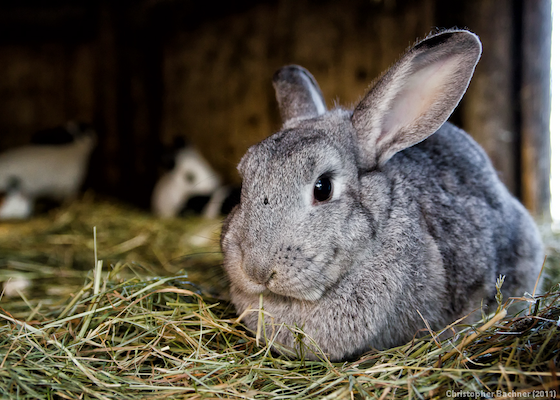
Origin: Europe
Lifespan: 5 to 10 years provided looked after properly
Types: 15 types that are the best kept as pets
| Breed | Size | Personality | Care | Health | Lifespan |
|---|---|---|---|---|---|
| Mini Rex | 3.5–4.5 lbs | Calm & quiet | Not much grooming | Standard rabbit issues | 5–7 years |
| Holland Lop | 2–4 lbs | Energetic & friendly | Needs space to roam & sheds | Standard rabbit issues | 7–14 years |
| Dutch Lop | 4–5.5 lbs | Calm, gentle & highly sociable | Needs exercise & sheds a lot | Standard rabbit issues | 5–8 years |
| Dwarf Hotot | 2.5–3.5 lbs | Bonds well with owners & highly active | Needs exercise & monitor feeding due to overeating | High risk of malocclusion (Teeth overgrown) | 7–10 years |
| Mini Lop | 4.5–6 lbs | Loves cuddles | Very active & tends to chew on things | Standard rabbit issues | 5–10 years |
| Mini Satin | 3–4.5 lbs | Calm, gentle but skittish around strangers | Not too active & fine with small living spaces | Standard rabbit issues | 5–8 years |
| Netherland Dwarf | 1.1–2.5 lbs | Shy & skittish but fine once they know you | Keep indoors, needs regular exercise compared to other breeds | High risk of malocclusion (Teeth overgrown) | 10–12 years |
| Polish | 2.5–3.5 lbs | Cuddly & affectionate | Best kept indoors | Standard rabbit issues | 5–6 years |
| Lionhead | 2.5–3.5 lbs | Energetic, loves to play & affectionate | Needs a lot of grooming | Standard rabbit issues | 7–10 years |
| Jersey Wooly | 1–3 lbs | Gentle & docile | Not very active & needs frequent grooming | High risk of wool block | 7–10 years |
| Californian | 8–10.5 lbs | Bit shy, loves to cuddle socialized | Needs exercise & sheds | Standard rabbit issues | 5–10 years |
| Harlequin | 6.5–9.5 lbs | Playful, curious, loves toys | Needs exercise | Standard rabbit issues | 5–8 years |
| Havana | 4.5–6.5 lbs | Calm, gentle, bonds well with humans | Not highly active | Standard rabbit issues | 5–8 years |
| Standard Chinchilla | 5–7 lbs | Calm, docile, likes to be held & petted | Needs room to stretch & play | Susceptible to overgrown teeth & ear mites | 5–8 years |
| Himalayan | 2.5–5 lbs | Calm & patient | Very sensitive to cold when young | Standard rabbit issues | 5–8 years |
Best Rabbit Breeds for Children
There are child-friendly rabbit breeds with specific traits. In addition to friendliness, you want a rabbit that is content with being held, petted, and played with at any time. Shy or skittish breeds that tend to squirm or bite when touched or held should be avoided.
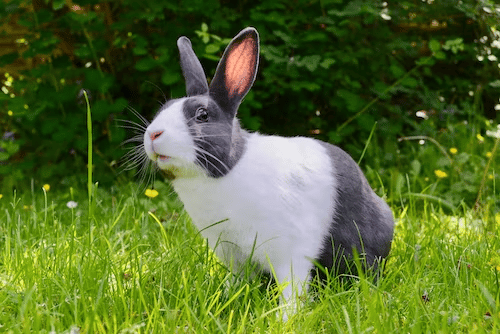
Dutch
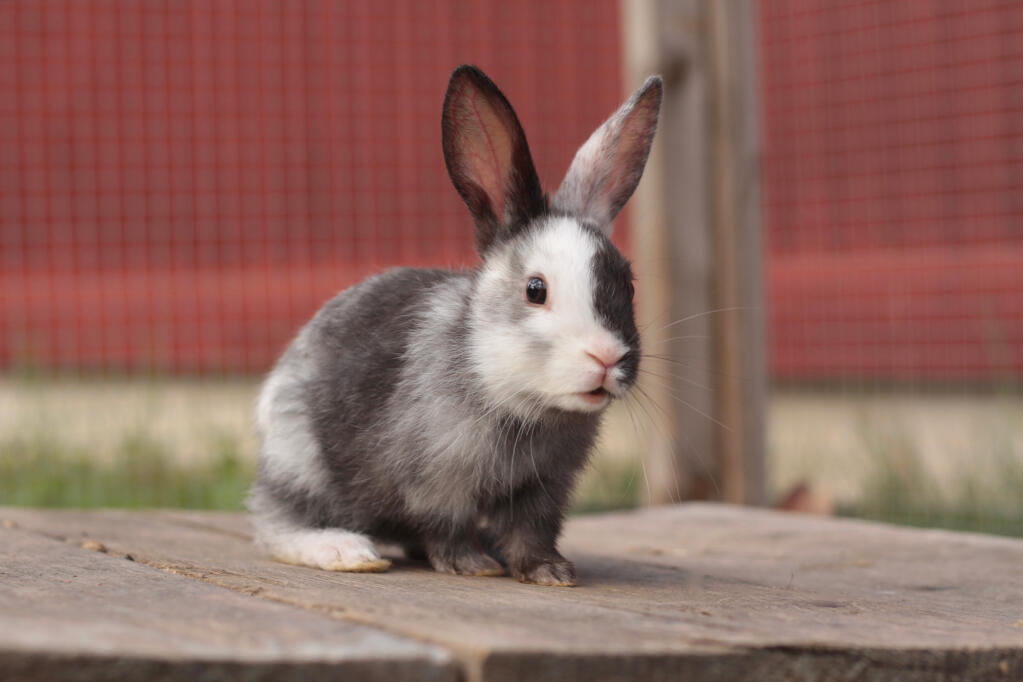
Harlequin
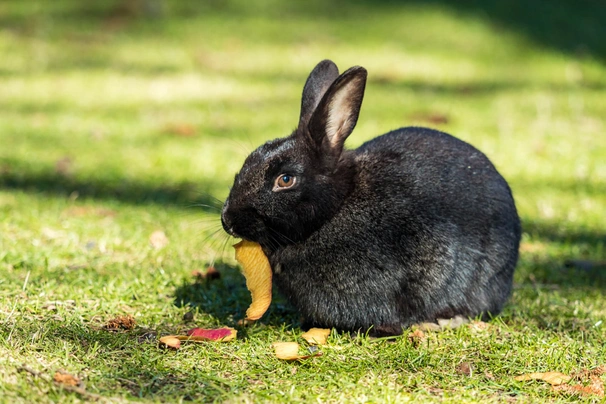
Havana
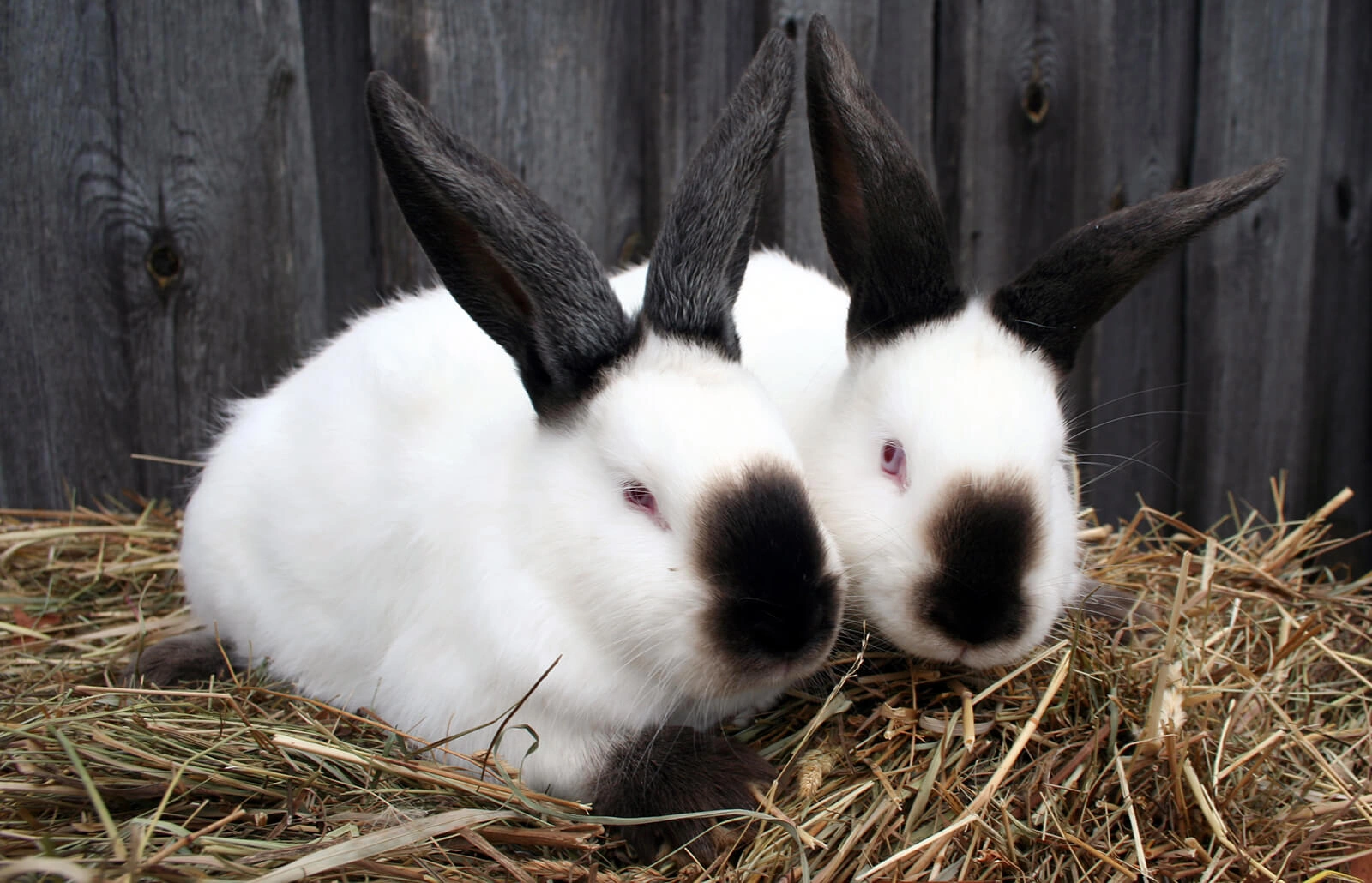
Himalaya
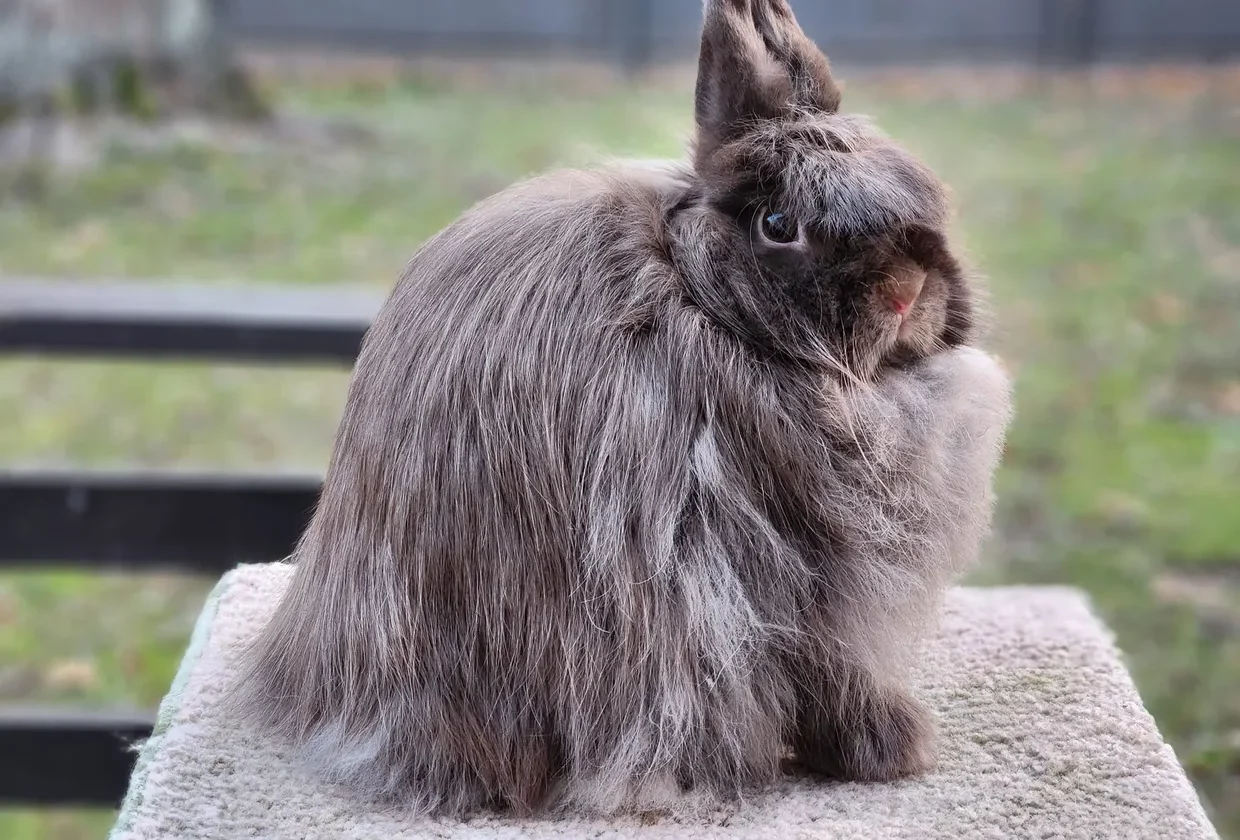
Jersey Wooly
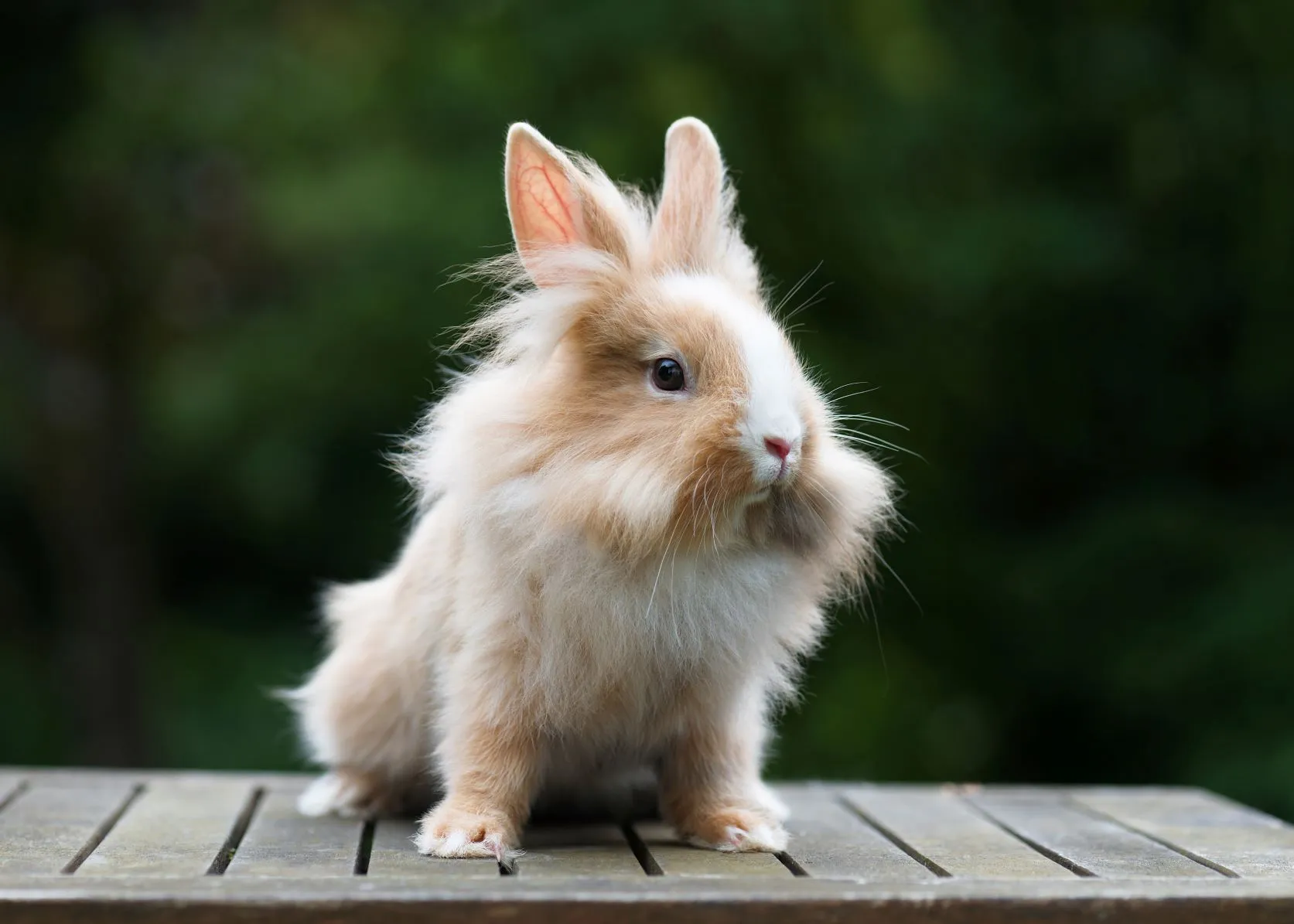
Lionhead
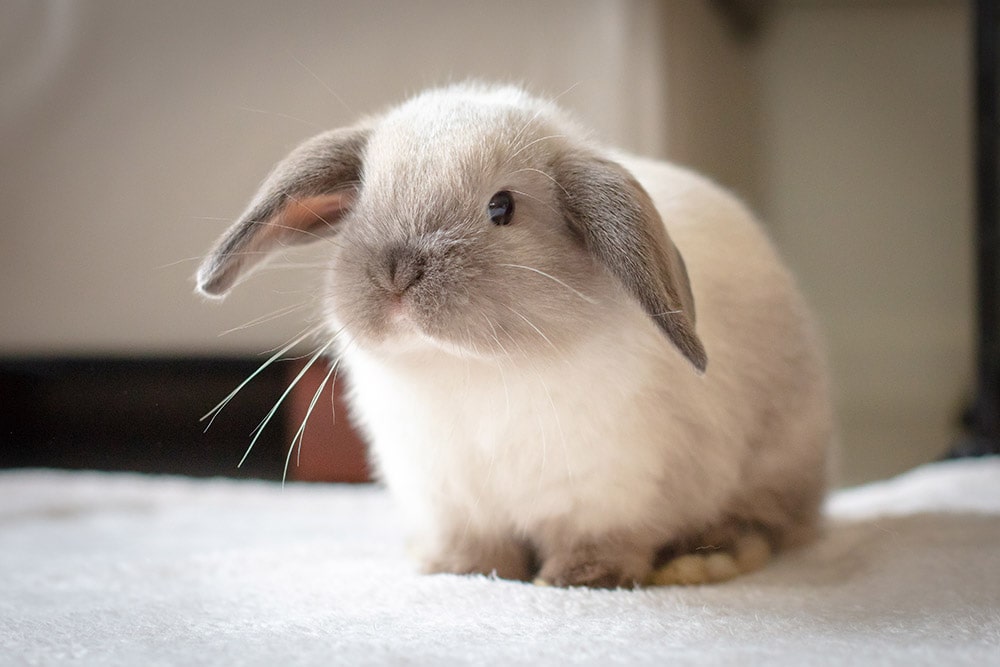
Mini Lop
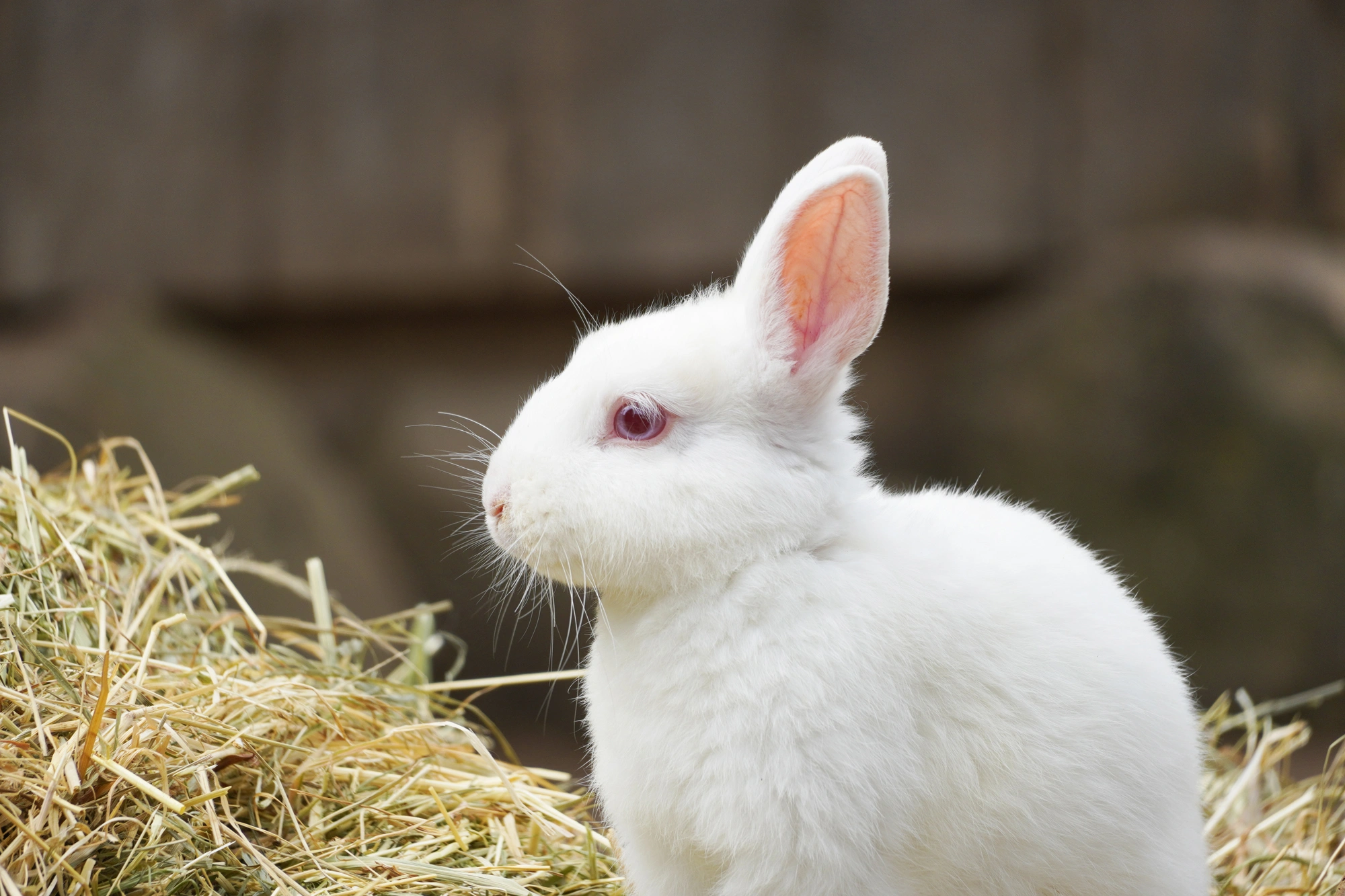
Polish
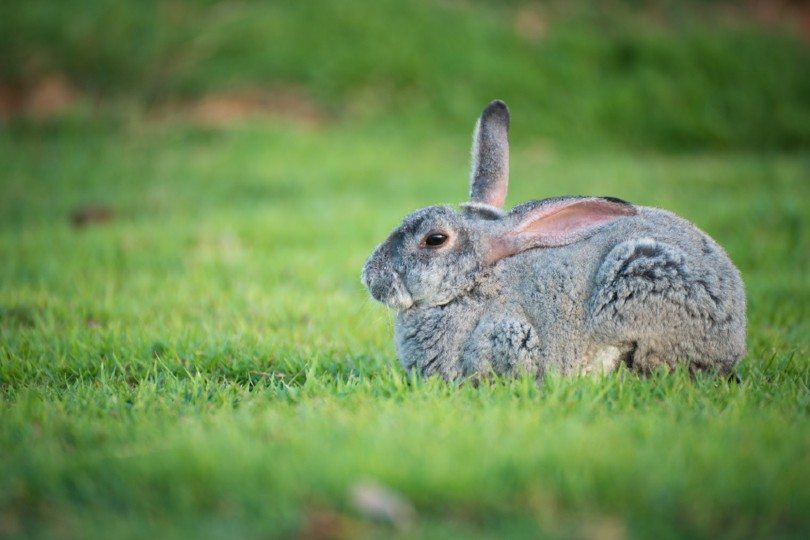
Standard Chinchilla
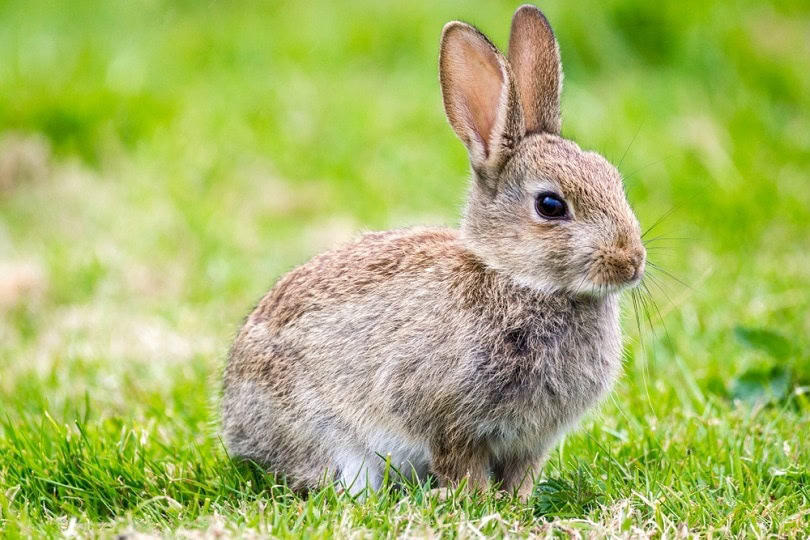
Sussex
Hygiene and Housing
Rabbits can be housed in or outdoors but in Malaysia due to our climate and humidity, it is better indoors with good ventilation and temperature between 18-28 degrees celsius or else heat stroke can occur. Essentials of good housing that is easily cleaned and disinfected, allows easy handling and viewing with adequate ventilation. Bedding should have a layer of wood shavings or untreated sawdust approximately 5cm deep, covered with straw or shredded paper or else sore hocks can occur. (sore hocks are found on their hind limbs ie back legs of hair loss or swelling, ulceration, infected hocks due to long periods on hard surface).
Hygiene is of paramount importance to both unpleasant odors and risk of disease. Rabbits tend to urinate in the same spot and this should be cleaned daily. Sleeping quarters and run should be cleared out twice a week to prevent ammonia and bacteria reaching harmful levels. You can use 1 part white vinegar to 1 part warm water. Put it in a clean spray bottle, spray accordingly and wipe down. For monthly cleaning, using a weak bleach solution (10-20ml of bleach per litre of water), the playpen or cage should be cleaned thoroughly. Rinse well and thoroughly dry. Water bottles and tubes should be washed daily and once a week soak in diluted bleach solution for 15 minutes, rinse well.
Nutritional Requirements
Rabbits are herbivores meaning animals that feed on plants, that require a high fibre content in their diet – from grazing grass or hay. In the absence of this, fur chewing of companions may be observed. Rabbits can be fed on commercial dry pelleted foods whilst being supplemented with fresh fruits and vegetables e.g. carrots, turnips, cauliflower. NO GRASS CLIPPINGS or SUDDEN DIETARY CHANGES. Lettuce can cause scours (diarrhoea). Dry food should be stored no longer than 3 months and all uneaten fresh food must be removed daily. To encourage all the daily ration be eaten, feed small portions. Adult rabbits consume between 30-60g of dry food/per kg of bodyweight/per day.
Fresh clean water (about 250ml – a cup) should always be available. Open water bowls are not recommended. Use water bottles or automatic drinking systems.
Behavioral Characteristics of Rabbits
Being able to read rabbit body language is easy if you know what you are looking for. This can be an invaluable diagnostic tool when trying to determine the health status of an animal or when trying understand specific signals and behaviours.
Stretched out on my tummy, legs extended and ears erect
“I’m so hot and tired”
Standing up on my backlegs
“I’m curious, there is something I want to see or hear“
Pushing or butting your hand with my nose
“I want you to play or pay me attention, please“
If I rub my chin on things
“I am marking my territory“
If I am licking your hand
“I like the salt on your skin”
Panting slowly with my ears flat and eyes half closed
“Please leave me in peace, I am tired of being handled”
If I’m sniffing around
“I’m learning about my surroundings so that I can recognise things/places”
If I am standing high on all fours with my ears twitching
“Look out! I am on guard and ready to attack”
If I am thumping my legs on the ground anxiously
“I’m sending a warning to my mates of impending danger”
(Characters reproduced from illustrations by Greg Penn)
Rabbits are gregarious in nature, however aggressive behaviour can be seen specifically in nursing does and in particular strains. A hierarchy system is evident when full males are caged together. After approximately three months of age the dominant male will attack subordinate males.
Common Diseases of Rabbits
| Condition | Clinical Signs | Comment |
|---|---|---|
Ear Canker (parasite) | Inflammation of ear canal pruritis: self inflicted | Ear mite |
Hairball (gastric) | Anorexia, dehydration, diarrhoea: can palpate | Over grooming, boredom – especially in Angoras |
| Sore hocks – back legs (injury)  | Hair loss, swelling, ulceration, infected hocks | Trauma or long periods on hard surface |
Coccidioses (protozoa) | Weight loss, anorexia, diarrhoea, enlarged liver | Eimeria stiedae – species that cause Coccidiosis in rabbits |
Ringworm | Bald encrusted areas | Contact – fungal – contagious to humans so housing must be kept clean at all times |
Snuffles (bacterial) | Nasal discharge, sneezing snuffling noises | Contact |
Enteritis | Depression, diarrhoea, dehydration (highly susceptible 5 –10 weeks of age) | Changes in diet or coccidioses |
| ALL THE ABOVE CONDITIONS REQUIRE VETERINARY TREATMENT | ||
Prophylactic (intended to prevent disease) and Preventative Health Care

Annual vaccinations to protect against calicivirus.

Daily check that no diarrhoea is present, fur and skin for dandruff, bald spots (due to ringworm or stress) or itchiness (due to environment), and eyes, ears and nose for any discharge.

Toenails may need clipping – be aware of correct technique. Do not cut too close to the blood vessel or nerve within the nail.

Rabbits incisors are open-rooted and grow continually throught their life, constant wear from gnawing hard food or wood is essential. If and when malocclusion occurs the incisors can be trimmed only by a vet.
References:
https://pethelpful.com/rabbits/Best-Pet-Rabbit-Breeds
Veterinary Nursing New Zealand 2nd Edition – Edited By D.R. Lane & B.Cooper
https://rabbit.org/rabbit-supply-list/
https://rabbit.org/faq-grooming/
https://rabbit.org/faq-handling/
https://rabbit.org/covid-19/
https://houserabbitsocietysingapore.wordpress.com/bunny-care/
This article is courtesy of Pets Corner Sdn Bhd. For more pet care tips, visit www.petscorner.com.my


